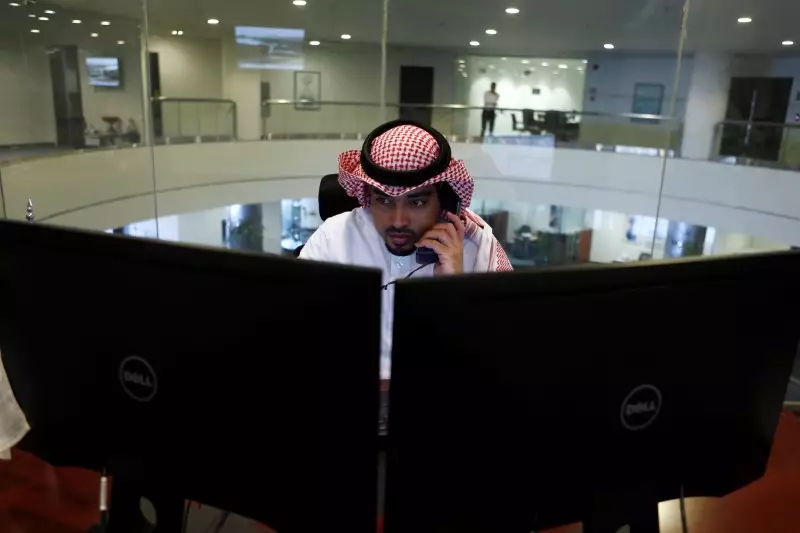The Saudi Arabian stock market faced a downturn on Sunday, aligning with broader trends in global markets. The Tadawul All Share Index declined by 0.27%, reflecting a challenging session characterized by weakness in key sectors such as Energy & Utilities, Financial Services, and Telecommunications & IT. This mixed performance signals a variety of underlying factors affecting investor sentiment, highlighting the complexities of navigating the current economic landscape.
Even amid a generally bearish market, some companies managed to shine. Saudi RE Cooperative Reinsurance led the pack with an impressive 9.94% gain, bringing its shares to an unprecedented value of 59.70. Similarly, Salama Cooperative Insurance Co saw a robust increase of 8.44%, closing at 21.06, while Riyadh Cables Group Company CJSC also made waves with a 6.34% rise to 151.00. These increases not only showcase particular companies’ resilience but are also indicative of sector-specific trends that could inform future investment strategies.
Conversely, the session witnessed significant declines from a few other notable companies. National Medical Care Company saw a decrease of 3.49%, ending at 160.40. Emaar The Economic City and the Power and Water Utility Company faced declines of 3.06% and 2.93%, respectively. These downturns reflect not only company-specific challenges but may also point to broader industry issues that investors need to be aware of going forward.
An analysis of market breadth reveals that the number of advancing stocks marginally surpassed the declining ones, with 157 stocks rising compared to 147 that fell. This slight edge represents a complex narrative where overall market sentiment appears cautious. Investors are deliberating over economic signals and the potential impacts of global commodity prices, which can influence investment decisions in the region.
Crude oil prices, a significant factor for the Saudi economy, experienced a slight increase, with benchmark prices rising to $73.96 per barrel for February futures. This uptick is essential for a country where oil revenue plays a crucial role in economic stability. Moreover, Brent oil increased to $76.51, indicating fluctuating global demand and geopolitical factors that could shape future market perspectives.
In terms of currency movement, the EUR/SAR exchange rate climbed by 0.52% to 3.87, whereas the USD/SAR remained static at 3.75. Currency fluctuations continue to play a critical role in international trade and investments, especially as the USD remains a dominant currency in commodity trading.
The US Dollar Index Futures saw a modest decline of 0.38%, closing at 108.80, signaling broader trends in the dollar’s strength relative to other currencies. These shifts can impact investor sentiment and serve as an indicator of shifting economic tides, both locally and globally.
In summarizing the current landscape of the Saudi stock market, it’s evident that investors are battling a mix of sentiments influenced by both local and international factors. The upward momentum seen in some stocks offers valuable lessons in identifying opportunities despite a challenging environment. As the market continues to evolve, staying attuned to commodity prices, economic indicators, and sector performances will be pivotal for those looking to navigate the complexities of investing in Saudi Arabia. The dual nature of current market conditions favors a cautious yet strategic approach, where vigilance and adaptability could foster long-term investment success.

